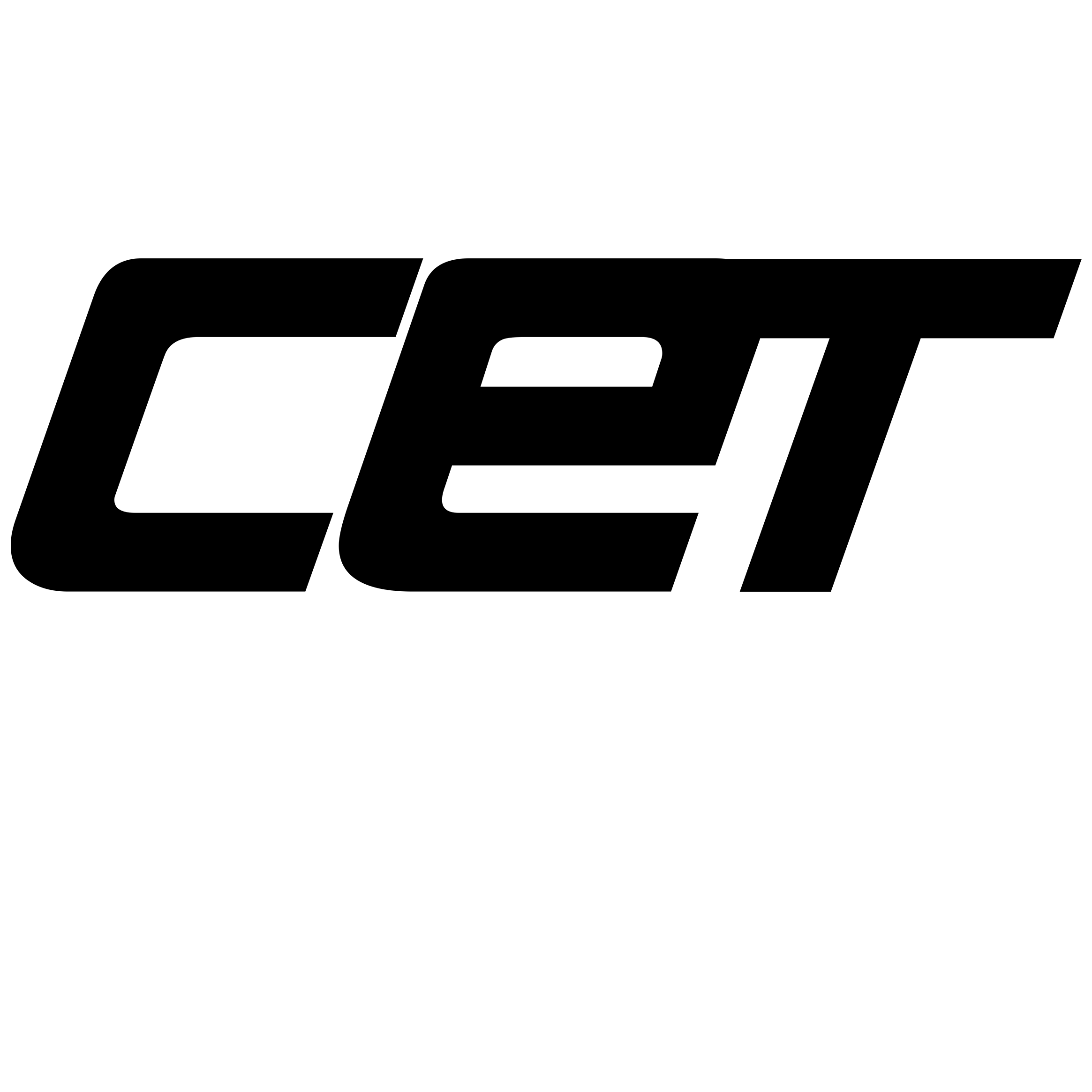Spray gun technology has made strides in recent years and if you are just getting into spray painting it can be difficult to determine exactly what you need. There are three types of spray gun technology (Conventional, HVLP, HVLP Plus) that each have their differing pros and cons depending on your particular application. In order to optimize your process and utilize your material most efficiently, it is critical to understand these differences so you can choose the right tool for the job.
Conventional spray technology is the oldest and a very tried and true method when it comes to applying a coating. It uses high pressure air to break-up (atomize) your material so it can be applied on your substrate. It results in the finest finish because of the small particle size that the high pressure air creates. The one disadvantage with Conventional technology is that the transfer efficiency (the amount of material that actually “sticks” to your product) is only about 30-40%. This means that most of your material ends up as air particulate (overspray), which spells bad news if your material is solvent-based (environmental regulations) or if it is particularly expensive (wasted money).
HVLP Spray Gun technology (High Volume Low Pressure) was developed in response to tighter environmental regulations in regards to the amount of solvent-based material that was being dispersed into the air via the large amounts of overspray with the Conventional system. HVLP uses higher volumes of air to atomize the material, but the air is delivered at a much lower pressure. The result is a much higher transfer efficiency than conventional. The environmental standards for HVLP are a transfer efficiency of 65%, which is about double what you would get with Conventional technology. This means much less overspray and much less wasted material. The one caveat however, is that this type of atomization results in a much larger particle size which means that the very fine finishes that can be had with Conventional technology are extremely difficult, if not impossible, to achieve with HVLP technology.
HVLP Plus was developed in response to users wishing to reap the benefits of HVLP material savings along with the benefits of Conventional fine finishes. HVLP Plus uses a smaller volume of air than HVLP but at a higher pressure. The result is better atomization with a smaller particle size than HVLP but not nearly the amount of overspray as Conventional. In fact, with HVLP Plus, transfer efficiencies of up to 88% have been realized under certain conditions with certain materials. This is a great option for those needing the fine finish that Conventional brings while also realizing a much greater material savings.
Every spray job has its own unique characteristics and matching up your spray gun technology to your particular use case is integral so that 1) you achieve the type of coating that you need, and 2) you are being the most efficient with your material so that you are literally not turning money into thin air.
Jorge Flores, Marketing Coordinator
Coating Equipment Technology, Inc
